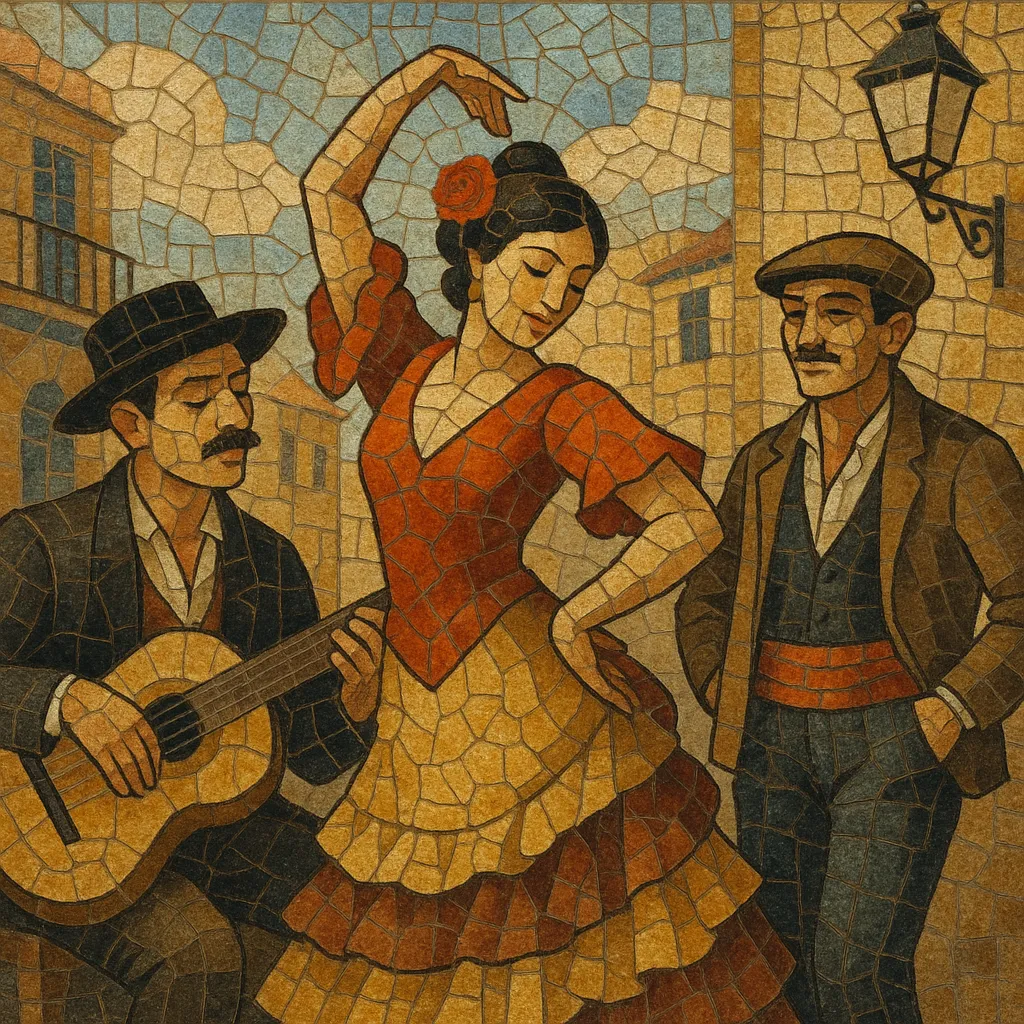Género chico is a Spanish one-act musical theatre style that flourished in Madrid in the late 19th century. It is essentially the short, popular, and affordable counterpart to the larger-scale zarzuela (often called género grande).
Typically lasting under an hour, género chico combines spoken dialogue with catchy songs, dances, and choruses rooted in urban life. Its stories portray everyday characters, local slang, and street settings (costumbrismo), often with topical satire and humor. Musically, it draws on fashionable dances and song-types of the period—such as chotis, habanera, and pasodoble—woven into tuneful, diatonic numbers that are easy to remember and sing.
Because of its brevity, immediacy, and low ticket prices under the “teatro por horas” system, género chico became a mass urban entertainment, producing enduring classics and shaping Spanish popular stage music well into the 20th century.
After Spain’s 1868 revolution, Madrid theatres adopted the “teatro por horas” model, offering short, affordable performances scheduled by the hour. This economic and logistical framework favored compact one-act works, laying the groundwork for what became known as género chico—the short, popular branch of the zarzuela tradition (contrasted with género grande). Early pieces crystallized in the 1870s as theatre-makers fused spoken comedy with musical numbers rooted in local urban life.
The genre hit its stride in the 1880s and 1890s, when composers such as Federico Chueca, Joaquín Valverde (padre), Ruperto Chapí, Tomás Bretón, Manuel Fernández Caballero, and later Gerónimo Giménez created a string of hits. Works like La Gran Vía (1886), El año pasado por agua (1889), La verbena de la Paloma (1894), La revoltosa (1897), Agua, azucarillos y aguardiente (1897), and Gigantes y cabezudos (1898) captured Madrid’s street life, neighborhood festivals, and sharp social satire. Librettists including Ricardo de la Vega, Carlos Arniches, Felipe Pérez y González, and Miguel Echegaray supplied the quick-moving, humorous, and topical texts that audiences craved.
Género chico adopted the accessible melodic language of popular dances—chotis madrileño (from the schottische), habanera, pasodoble, and light march rhythms—set within clear tonal harmony. Numbers are concise and highly singable, alternating with spoken dialogue. Choruses represent “the people,” while solo numbers spotlight charismatic types: the witty chulapo/chulapa, the tender young lovers, and the comic elders.
By the early 20th century, changing tastes and new mass entertainments (revista/revue, cuplé, cinema) gradually eclipsed género chico, though many works remained in the repertoire. Its influence persisted in Spanish stage song and popular theatre, feeding into the evolution of the cuplé and, later, copla, as well as informing the musical-theatre sensibility of Spanish revue and light musical comedy.


